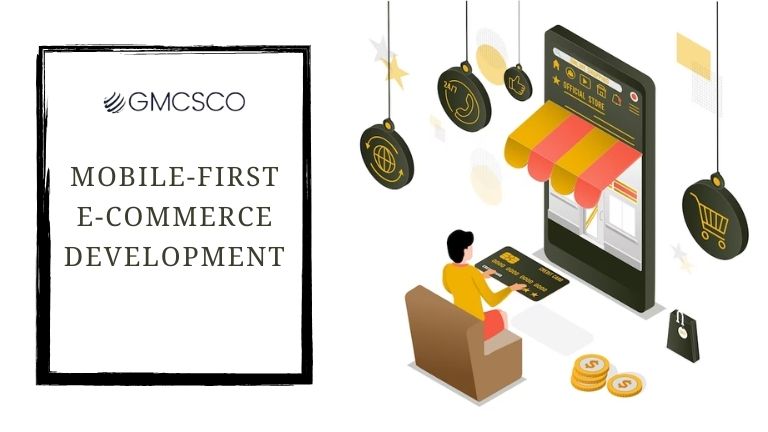Social Media for E-commerce: From Followers to Fans
Imagine your social media as a vibrant marketplace, not just a digital town square. People are browsing, chatting, and discovering, but are they buying? In the world of e-commerce, turning those casual followers into loyal customers takes more than just sharing pretty pictures. It’s about sparking connections, building trust, and making the buying journey so smooth, they can’t help but hit “purchase.” So, how do you transform your social media into a customer conversion machine? Here are some potent strategies: 1. Be More Than a Shopkeeper, Be a Social Butterfly: Engage, don’t just broadcast: Respond to comments, answer questions, and participate in conversations. Show your brand has a personality and wants to connect. Go beyond “product perfection”: Share user-generated content, behind-the-scenes glimpses, and stories that resonate with your audience. Build a community, not just a customer base. Live it up!Live videos, product demos, and Q&A sessions add a dynamic touch and let you interact with your audience in real-time. 2. Make Shopping Seamless, Like Scrolling: Shoppable posts and stories: Let users tap to learn about products and directly checkout without leaving the platform. Convenience is king! Offer exclusive deals and discounts:Give your social media followers a reason to feel special and incentivize them to buy. Limited-time offers create a sense of urgency. Run interactive contests and giveaways: Generate excitement and encourage user engagement, with the chance to win your products as the prize. 3. Influencer Alchemy: Borrow Their Magic Touch: Partner with relevant micro-influencers: They have a more engaged audience and can build trust in your brand with authentic recommendations. Host influencer takeovers or collaborations: Let their creativity shine through, showcasing your products in a fresh, exciting way. Run influencer-driven contests and campaigns: Leverage their reach to generate buzz and attract new customers. 4. Data-Driven Decisions, Not Just Social Butterfly Vibes: Track, analyze, and adapt: Use social media analytics to understand what resonates with your audience, what kind of content drives engagement, and what leads to conversions. Refine your approach based on data: Don’t be afraid to experiment and see what works best for your specific audience and brand. Invest in paid social media advertising: Target your ideal customers with laser precision and amplify your reach beyond organic growth. Social media for e-commerce is a marathon, not a sprint. Building a loyal community, creating a seamless shopping experience, and refining your approach based on data will turn those digital footprints into tangible sales. So, get out there, engage your audience, and watch your social media blossom into a customer-magnet. Happy selling! Don’t forget the power of social proof! Positive customer reviews, testimonials, and user-generated content can be incredibly persuasive. Encourage your customers to share their experiences and watch the trust ripple through your social media community. Also Read About Best time to post Instagram reels How to increase organic traffic on social media eCommerce SEO Services India
Social Media for E-commerce: From Followers to Fans Read More »






